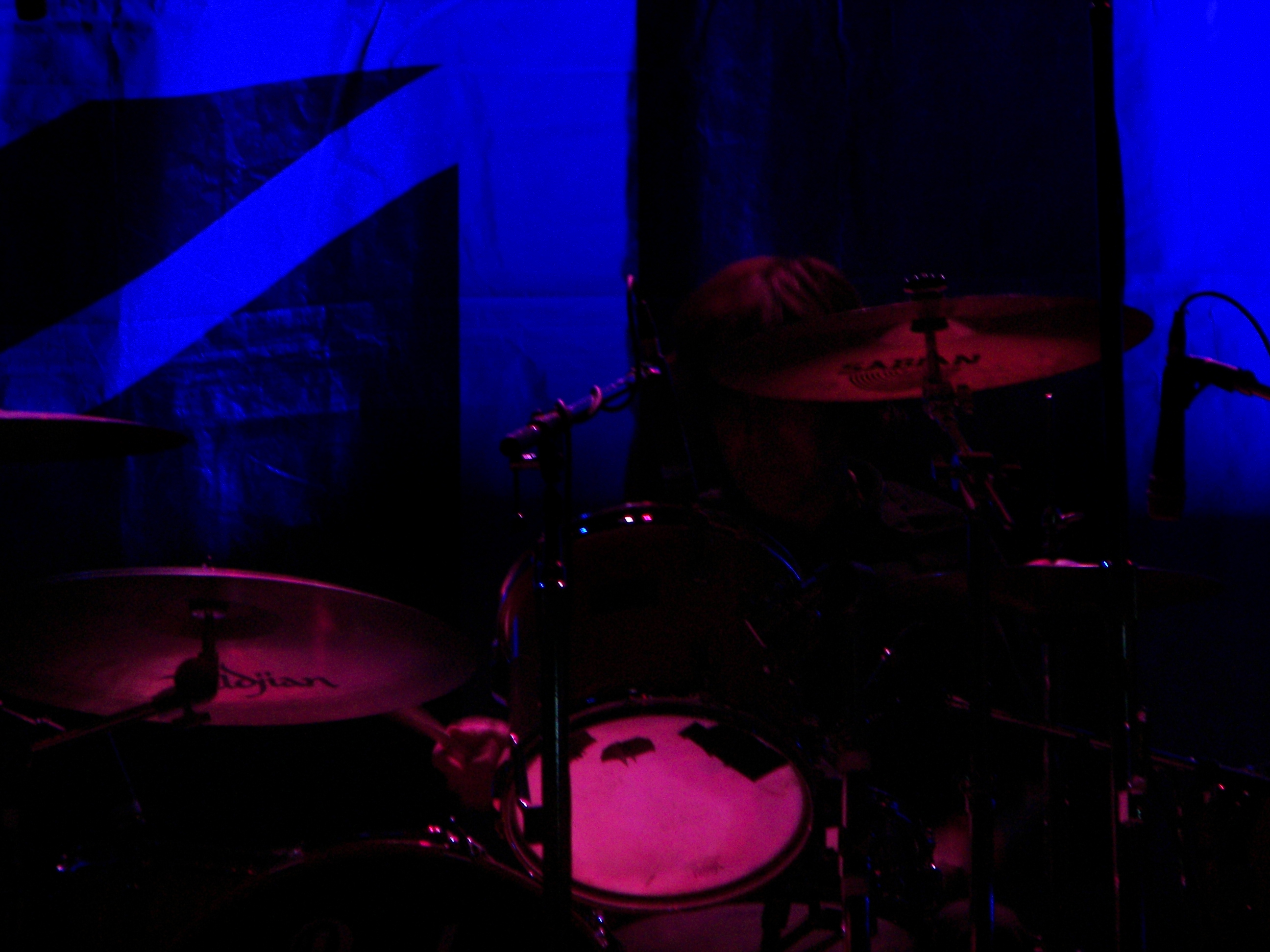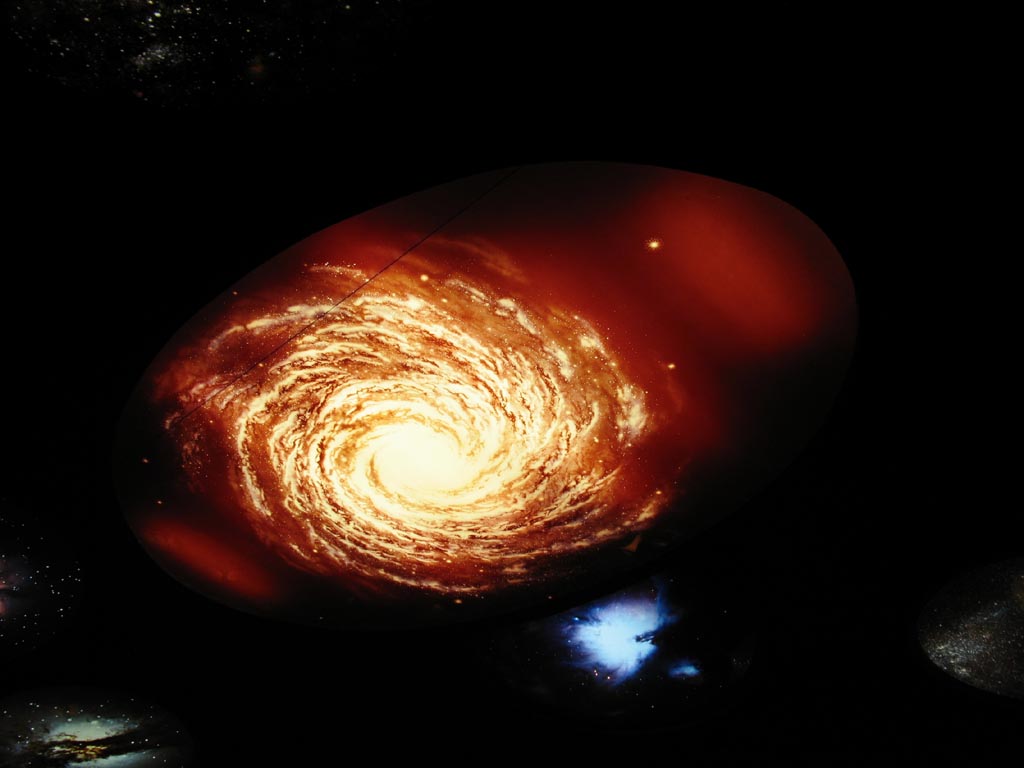
I have revised this post by adding many more links to recordings, performances and teaching moments found on YouTube, photographs, Wikipedia entries, and links to Amazon.com if one is interested in purchasing Mulgrew Miller’s WORK or Tony Williams’ Angel Street.
I saw this photo on Friday and thought about Mulgrew Miller. My friend and colleague, Mulgrew Miller, had just suffered a massive stroke.
This photo made me smile. It is pleasant, it is kind. It is simple and understandable until you delve deeper, and then it is amazingly complex and the intricacy gets more fascinating. But one comes back to the photo and the weaving that took place – all of the great work that must have gone into creating something so beautiful and accessible but artistic and layered. The more I looked at this, the more I thought it was particularly suitable to use in writing about my friend. It makes me think of Mulgrew.
I started to write this on Friday, hoping, praying and expecting that Mulgrew would recover. I looked forward to seeing Mulgrew and talking with him soon.
___________________________________________________________________________________
I first heard of Mulgrew Miller from reading an article in the New York Times, probably in 1986 or 1987. The article was about the present state of jazz in the United States.
The article went on to state that the two (2) finest composers of their generation were MULGREW MILLER and GERI ALLEN. I jumped for joy when I read the name, Geri Allen, as Geri and I had been good friends and classmates in grad school at the University of Pittsburgh a few years earlier. Geri always carried around a cassette recorder and was recording her compositions at every moment in between every class. I did too and the two of us would often play our new compositions for each other and discuss the nuts and bolts of music and the music we were writing. Geri was an ethnomusicology major – I was a music composition major. She was “ethno,” along with other friends of mine in the ethnomusicology program, so that they could learn a lot about the arts and cultures, and be in a great grad school doing jazz with Prof. Nathan Davis and other distinguished graduate faculty.
I had seen the name, “Mulgrew Miller,” before but hadn’t heard his music. The NY Times’ praise meant I would leave my house immediately and go get some of his music. If he and Geri were the best in jazz, I needed to know his music too. Simple.
I found his 1986 album, WORK. If all you got to hear was the first song on the album, “Sublimity,” you’d understand why Mulgrew was a musical force. He begins with a few spacious chords that have time to breathe, added a brief melody, then more chords. It is not a “look what I can do statement,” although you hear great technique throughout, but an interesting invitation to lean in and anticipate great stuff to follow. And then at 0.30, the chords and music become more punctuated and serious, you feel the context is changing, that the band is about to enter, they enter and the music changes shape and evolves – what had been sounding in the solo piano begins to get dispersed between the newcomers – bass and drums – in a carefully developed manner.
The entire album really hooked me. I agreed with the NY Times – these were the two best composers of their generation.
I then got to know as much of his music as possible. I bought all of his solo albums as well as many albums which featured Mulgrew as pianist in a band. Mulgrew was the pianist with many jazz greats including my favorite drummer, Tony Williams. (I first learned Tony Williams from the Miles Davis quintet (specifically, Miles’ second great quintet – 1964-68) recordings of the 1960’s and then especially for his music in his fusion group, Lifetime. I got to see Tony Williams’ Lifetime one century ago at the Jazz Workshop in Boston, a place where I had seen Weather Report and other legends.).
All of Mulgrew’s work with Tony Williams is great. If you don’t know the music Mulgrew created as a band member, I’d start with Obsession, the last song on Tony Williams’ album, Angel Street. Obsession is very short especially considering the novel that is jammed into this four-minute work! Listen to Mulgrew’s chords and comping from the beginning. One wonders how a piano will fit after the frantic solos one has just heard, and how Mulgrew will spin a solo after all of his great chords played from the beginning. Well, Mulgrew’s solo is exactly one minute in length and is a book-within-a-book here. Listen from 2.41 to 3.41. And then pause and keep studying this four-minute work. At some point, come up for air and listen to the album from the beginning.
__________________________________________________________________________________
How I got to know Mulgrew was completely by accident. I lived in New York City at the corner of West 51st and 7th Ave. [the 20th floor of The Executive Plaza] from August – December of 2005 while I taught two courses and was the faculty administrator for a music business program of students from Nashville who would spend their Fall semester in Manhattan. This was the program’s second year. My friend, Prof. Steve Marcone, created and ran the music and entertainment industry program at William Paterson University in Wayne, NJ. Steve had wanted me to teach a course one evening per week while I was in residence in Manhattan – I took the 197 bus from Gate 233 of the NYC Port Authority every Tuesday afternoon to Wayne, NJ. Steve picked me up from the bus, brought me to campus, we talked, then I taught for 3 hours, then Steve & I hung out, then I took the bus back to the Port Authority and eventually I would find my back to 150 W. 51st usually after my favorite distractions of Hell’s Kitchen. The entire two-bus two-hang one-Hell’s Kitchen trip was always wonderful. As my people say, “wicked cool.”
One day while sitting in Steve’s squished cinderblock office, I noticed the name, “M U L G R E W M I L L E R” on the door across from (or very close to) his office. I was shocked and said, “MULGREW MILLER is on your faculty?!?! The famous MULGREW MILLER?” Steve told me that it was indeed the famous Mulgrew Miller. At that moment, I took the school even more seriously but I also realized that the school was luckier than it deserved.
Move ahead a couple of years. I wanted to move north to be closer to my Mom as she was aging and I wanted to be able to help and spend more precious time with her. A job opening came about at William Paterson, I got hired and moved to New Jersey. (I was now only 3 hours and 15 minutes from her residence.)
Because I was the newbie on the faculty, the procedure was to review the teaching of every new professor somewhat frequently. I was fortunate to receive very good reviews and have Mulgrew as my reviewer on a few occasions. This also meant that Mulgrew would come to my music theory classes as well as my intellectual property (IP) classes. At one point, I had Mulgrew come to an IP class (not as a reviewer) in order to give students his feedback on their presentations. And to also talk with me more about IP, music and creativity. I always loved the exchanges with him.
I also would see Mulgrew often in the hallways or practice rooms. When he was on campus, his presence was large – physically, yes, but his presence as in The Master is here. Time spent with Mulgrew was valued by students, faculty and staff. He was always in demand because of how he thought, how he played, how much he knew, how incredibly musical he was, how he listened to people, their music, their questions, their comments but mostly I feel because of his kindness and soul. When I, or everyone I knew or even noticed was around him, we felt the presence of a special being. As big as his talent and creativity were, his personal qualities and gentleness prevailed. I always felt lucky to see and interact with him. As quickly as possible, I realized that this musical hero to me, who was now a colleague, was just such a great and modest guy. His charm was disarming as can be. I was comfortable with Mulgrew immediately.
As I got to know Mulgrew better, I had to ask him – no, tell him – to stop calling me “Doctor” or “Professor.” I told him that you are Mulgrew Miller and I call you Mulgrew. I should call you SIR. He laughed. He told me I deserved the titles and the respect.
He was that kind of guy but I’ll always remember when he first called me Michael. He’d later some times call me the D word or the P word but I just felt good and knew that I was so lucky to have, in addition to his friendship, his respect. Yikes.
___________________________________________________________________________________
I woke up thinking about Mulgrew today. Like all of his family, colleagues and friends, I worried about my friend. But for some reason, his song, The Sage, from WORK, was in my head. It is his most blues-like, simplest, and catchiest on the album. It begins deceptively in a kind of Eb Dorian with a very simple but rhythmically slippery rhythm to its right hand melody. I kept singing it, along with my variations and improvisation on it, in the woods, and at home have been playing AT it on my piano. No, I can’t play it yet but I will work at it.
Mulgrew made sure I was on guest lists whenever he played in New York. I didn’t expect that or ask for that favor, but deeply appreciated his kindness. I almost always went to these concerts alone. I liked this best because I could really concentrate on the music, and maybe more importantly, talk to Mulgrew at breaks or afterwards.
Mulgrew always had such a kind, sincere and humble way about him. When you were in his presence, you just felt comfortable and happy. If you didn’t know he was a gigantic creator and performer, you still wouldn’t have known after spending time with him. Unless the subject turned to music. Mulgrew wouldn’t necessarily talk shop all the time. He really liked people and I valued time with him just spent talking about whatever would come up.
MAY 29 has always been a great day for me to celebrate as it is the birthday of two (2) of my heroes – composer Iannis Xenakis and President John F. Kennedy.
Today, May 29, 2013, is also the 100th anniversary of the enormous scandal at the premiere of Igor Stravinsky’s Le Sacre du printemps, aka The Rite Of Spring.
Sadly, today will now also mark the death of my friend, Mulgrew Miller. But in the ways that I am grateful for wonderful people, places and art I have known, I am extremely grateful that Mulgrew’s music and then friendship came into my life. I know Mulgrew will continue to be one of those shining beacons that stand out and serve to inspire us to know and love music and each other more.
__________________________________________________________________________________
I want to end this with a couple of videos of my friend. We are so fortunate that he left behind so many recordings, people deeply influenced by him, and some marvelous videos.
In this interview, Mulgrew discusses how most jazz pianists were trained (often initially via a classical music foundation), came to jazz and developed, as well as how improvisation can be taught, what a teacher can do, and what a student must do. These five and half minutes are profound.
But this might be my favorite video as it is so intimate. There seems to be a camera only inches from the right side of Mulgrew’s head while he so casually demonstrates such great playing (All The Things You Are) to a student. Notice how Mulgrew looks so often at the student. Making sure this student is comprehending chord voicings, voice-leading, harmonic variation, melody and melodic variation are of utmost importance to this great Creator, Professor and Musician. One can learn a lot about who Mulgrew was in this two minute video.
I am forever honored, humbled and grateful for having known Mulgrew’s music from the 1980’s but more so for having Mulgrew as my friend. I send my deepest love and sympathy to Mulgrew’s family, friends and students. We were so lucky to have Mulgrew Miller in our lives.










